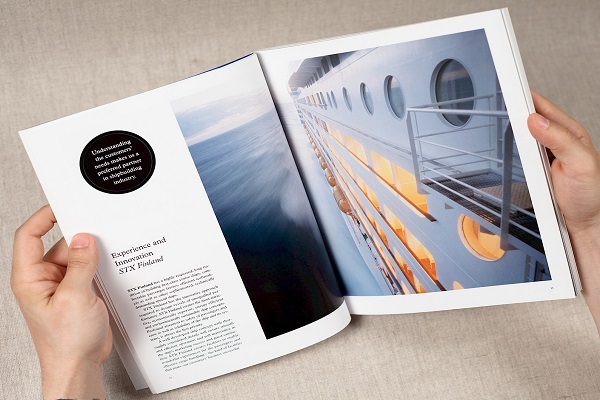Book Design and Formatting
Design & Formatting Services
This step is the next after the conclusion of the publishing process. Book formatting refers to your book’s general outlook and usually involves font type, font size, page colour, word count per page, numbering, line spacing, and paragraphing. There’s a format formulated for all manuscripts. Books By You has the best resources for formatting manuscripts ranging from the best team to appropriate software.
Today, people give less regard to short processes such as formatting and prefer to do it on their own before or after they send it for editing. As far as they are concerned, it’s the editing that matters. This notion is wrong.
A person can be put off immediately he or she spots a book because of the outline or format. The results do not always comply with trade standards and regulations. Hence, you require our services in this regard. We help you through the whole process and provide you with a bestseller in the end. We believe and share in your vision and goal and, therefore, passionate about giving our best.
Elements of Book Formatting
Fonts
Fonts refer to the outlook of the texts we utilise. The usual and generally accepted font type is the Times New Roman. We use this in size 12. Although the font seems not engaging, it is apparent.
Paper
There are different sizes of books that depend on paper type utilised. The most used paperbacks are:

Mass Market Paperback
It is measured at about 180mm by 180mm. It is cost-effective and often for impulse purchasers. However, it is not deemed great for publishing books.
Demy Paper
This paperback is measured at 108mm by 180mm. It is convenient for publishing novels (fiction or nonfiction) that are not more than fifty-five thousand words and not less than 35,000 words.
US TRADE Paper
At 152mm by 228mm, US trade is ideal for literature books that contain more than 55,000 words. It is known among publishing firms.
Crown Quarto Paper
Most used for historical nonfiction books, it is sized by 189mm by 246mm.
Legally Standard Paper
It is 203mm by 254mm. It is ideal for children’s books that have hardcovers. It may be in portrait or landscape. Others include:
Squared Paper
Squared Paper is also useful for children’s books.
A4 Paper
This type of paper is the most common and ideal for printing educational and secretarial materials. Its size is 210 by 297 millimetres.
Spacing
Electronic documenting involves two significant types of line spacing: single and double spacing. The best one to use is often the double line spacing.
On the other hand, press the spacebar once after full-stop punctuation is used. Also, we justify all works to give them a better outline.
Numbering
The numbering does not begin with the title page. Paging starts with the story.
The above is only a few of the vital components of book formatting. Usually, most persons prefer to do their book formatting before editing. In our case, we consider it the end of the editing process.
Book design covers the whole process coupled with cover design and the book’s structure from the beginning to the end (back cover).
